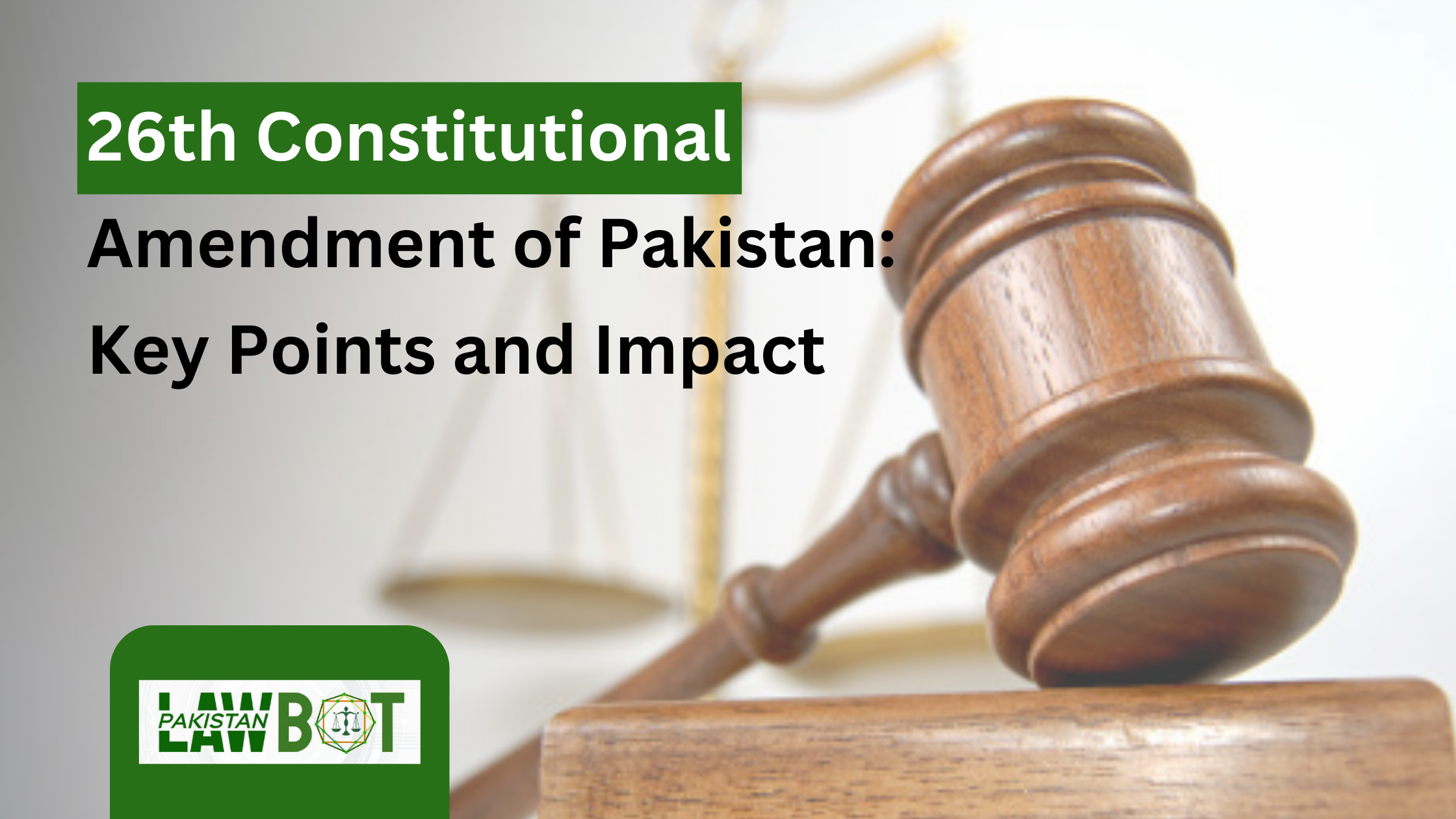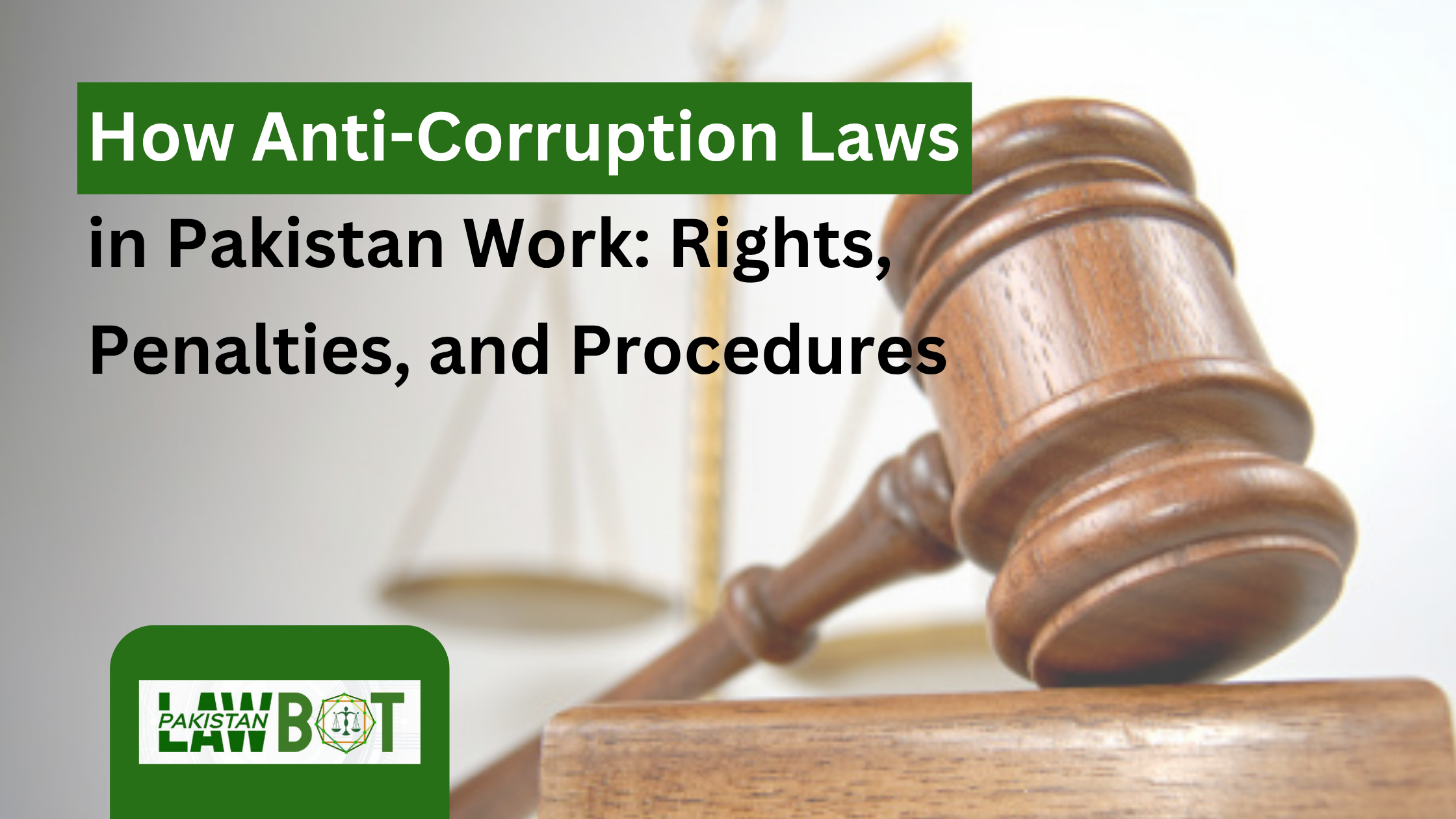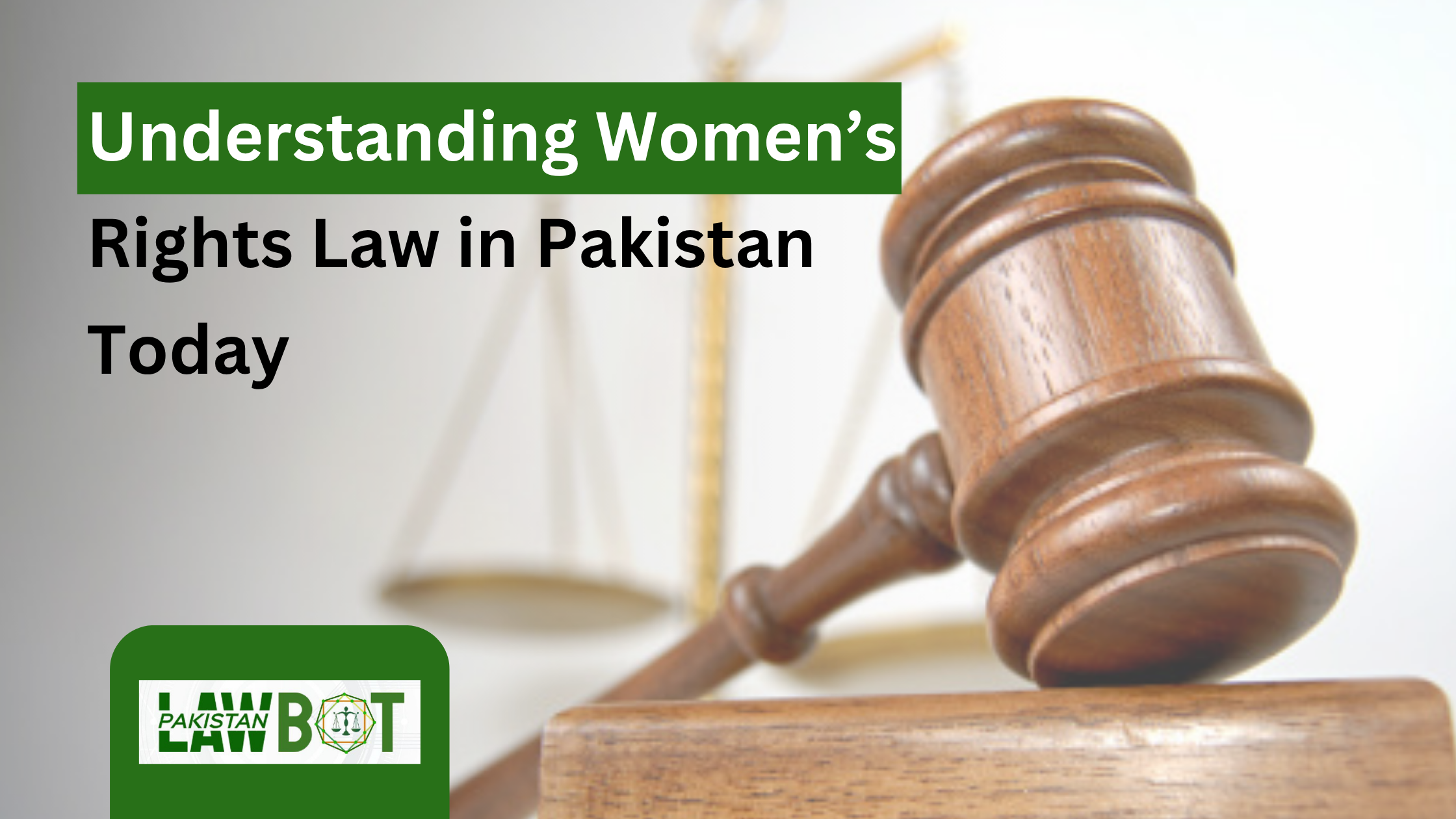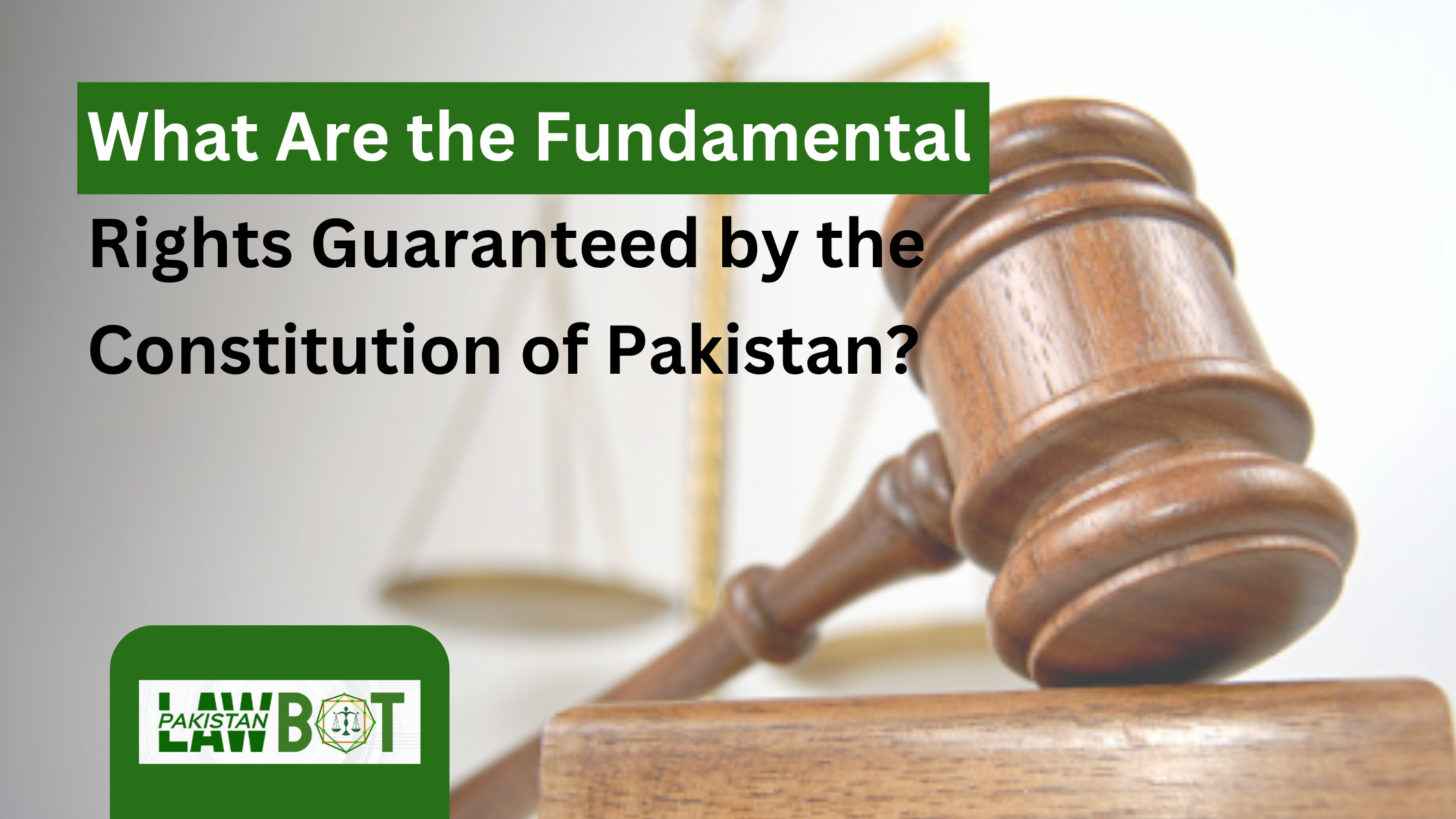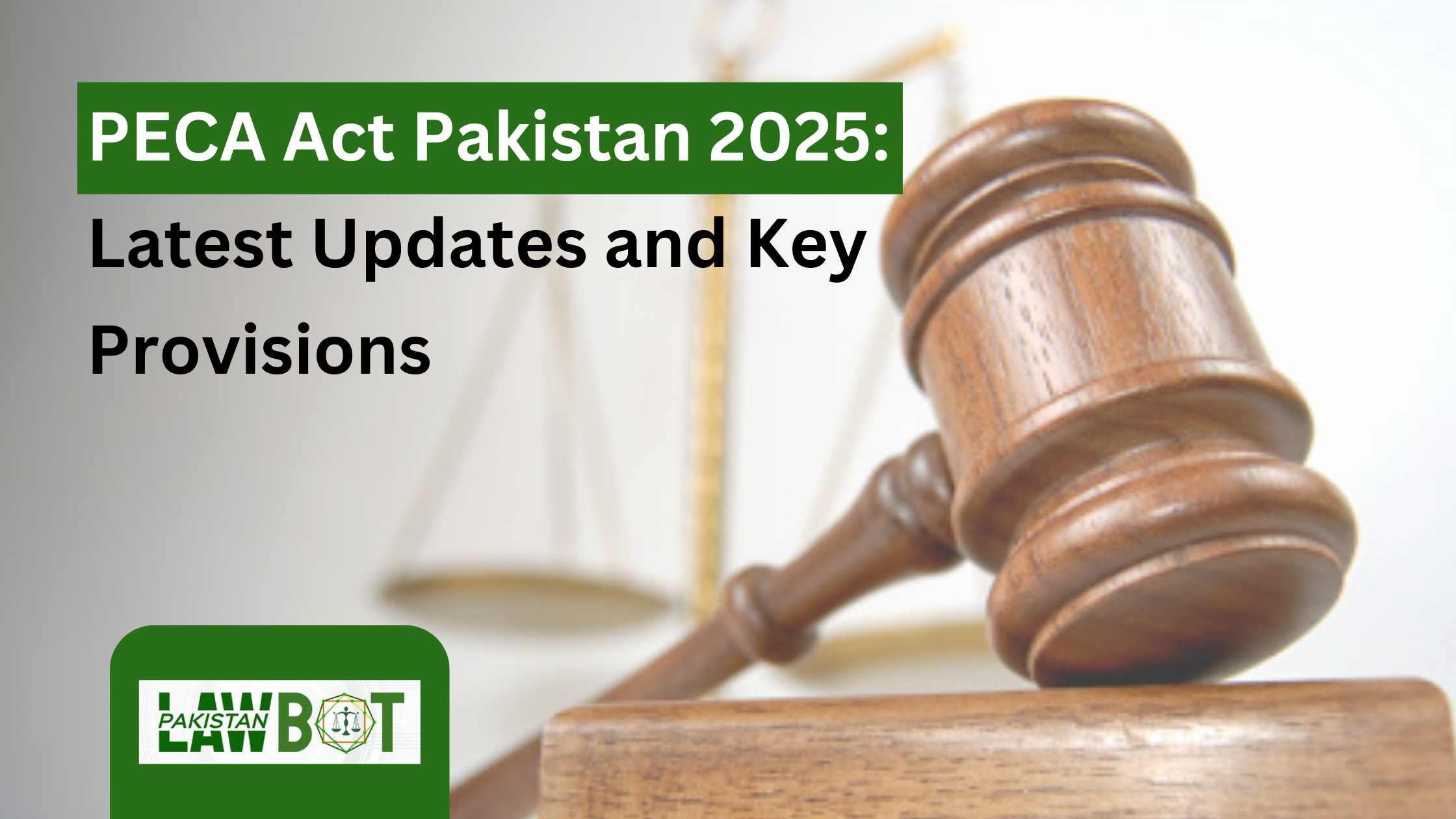The 26th Constitutional Amendment of Pakistan is one of the important milestones in the country’s legislative history. Passed in 2019, this amendment primarily dealt with changes to the representation of the former Federally Administered Tribal Areas (FATA) in the National Assembly and the provincial assembly of Khyber Pakhtunkhwa (KP). It addressed long-standing demands for political inclusion, equitable representation, and integration of these areas into the mainstream political system.
This article explains the background, key provisions, and the wider impact of the 26th Amendment in short, clear sections.
Background of the 26th Constitutional Amendment
For decades, the residents of FATA lived under a separate administrative and legal system, governed by the Frontier Crimes Regulation (FCR). These areas were under the direct control of the federal government, leaving local populations with little say in legislative matters.
The 25th Constitutional Amendment (2018) merged FATA with Khyber Pakhtunkhwa. While this merger was a huge step forward, the representation of the merged districts in both the National and Provincial Assemblies remained a critical issue.
The 26th Amendment was introduced to resolve this representation gap. It aimed to ensure that the people of the newly merged tribal districts had a fair share of seats in elected assemblies.
Key Features of the 26th Constitutional Amendment
Increased Representation in the National Assembly
The amendment reduced the number of National Assembly seats allocated to tribal areas from 12 to 6. This reflected the merger with Khyber Pakhtunkhwa and redefined representation in line with the new administrative structure.
Representation in the Khyber Pakhtunkhwa Assembly
One of the most significant changes was the increase in provincial assembly seats for KP. The newly merged districts were granted 21 seats in the KP Assembly, giving them direct participation in provincial legislation.
Electoral Adjustments
The amendment required adjustments to constituency boundaries and voter lists. This was to make sure elections in the merged districts were held fairly and smoothly under the new structure.
Political Empowerment of Tribal Districts
By giving residents representation in both the provincial and national assemblies, the amendment provided an opportunity for tribal communities to voice their concerns and take part in decision-making.
Why Was the 26th Amendment Needed?
The merger of FATA into Khyber Pakhtunkhwa through the 25th Amendment was incomplete without properly addressing representation. If the people of these areas remained underrepresented, it would undermine the entire process of political integration.
The 26th Amendment was necessary because:
-
It ensured equal citizenship rights for the people of the merged districts.
-
It strengthened democracy by giving a voice to previously marginalized communities.
-
It resolved constitutional gaps after the FATA-KP merger.
Impact of the 26th Constitutional Amendment
Political Integration
The most direct impact of the amendment was political integration. Residents of the tribal districts now participate equally in elections for both provincial and national assemblies.
Strengthening Democracy
The amendment gave thousands of citizens the chance to elect their representatives. This shift moved them away from centuries-old colonial laws toward modern democratic practices.
Challenges in Implementation
Although the amendment was widely praised, its implementation faced challenges. These included:
-
Lack of infrastructure to hold provincial-level elections.
-
Delays in the integration of administrative systems.
-
Political resistance in some quarters.
Social and Economic Implications
With proper representation, the merged districts can now demand more resources, better development projects, and greater attention to education, health, and employment. This lays the foundation for long-term stability.
Criticism of the 26th Amendment
While many hailed the amendment as a positive step, some critics pointed out its limitations:
-
Reduced seats in the National Assembly: Some argued that cutting seats from 12 to 6 weakened tribal representation at the federal level.
-
Slow reforms: Legal and administrative reforms after the amendment were slower than expected.
-
Practical difficulties: Managing elections and governance in areas previously without provincial structures was complex.
Legal Perspective
From a legal standpoint, the 26th Amendment aligned Pakistan’s constitution with the reality of the FATA-KP merger. It adjusted representation to ensure that no area was left outside the democratic process. The amendment also highlighted how constitutional reforms evolve step by step to accommodate political realities.
Role of Pakistan Law Bot
For citizens trying to understand complex legal reforms, tools like Pakistan Law Bot play a vital role. With easy explanations, individuals can learn:
-
What the 26th Amendment means for their voting rights.
-
How representation in assemblies has changed.
-
Why these amendments matter for democracy.
Such platforms simplify technical legal language and make the law more accessible to everyone.
Looking Ahead
The 26th Amendment was an important step, but it is not the end of the journey. Effective governance in merged districts requires:
-
Continued development projects.
-
Judicial reforms to replace outdated systems.
-
Education and awareness about rights and responsibilities.
If these measures are taken, the amendment will serve as a foundation for a more inclusive and stable Pakistan.
Conclusion
The 26th Constitutional Amendment of Pakistan reshaped the country’s democratic structure by integrating the tribal districts into both national and provincial assemblies. While it had its challenges, the amendment symbolized progress toward inclusivity and political empowerment.
For the people of the merged districts, it meant their voices could finally be heard in law-making institutions. For Pakistan as a whole, it marked another step toward strengthening democracy and ensuring that no citizen is left outside the constitutional framework.

